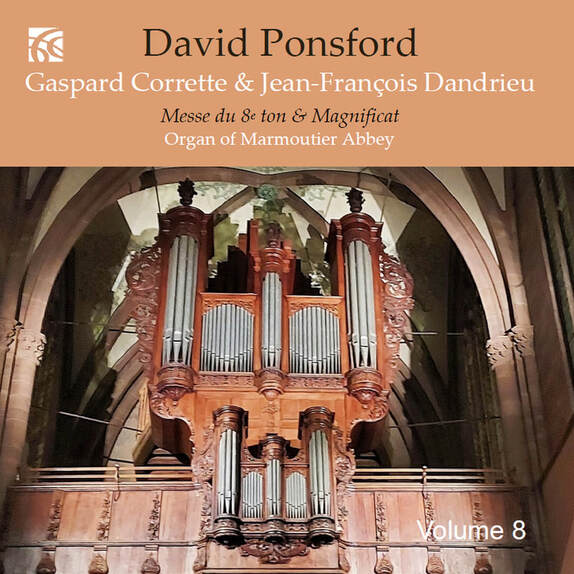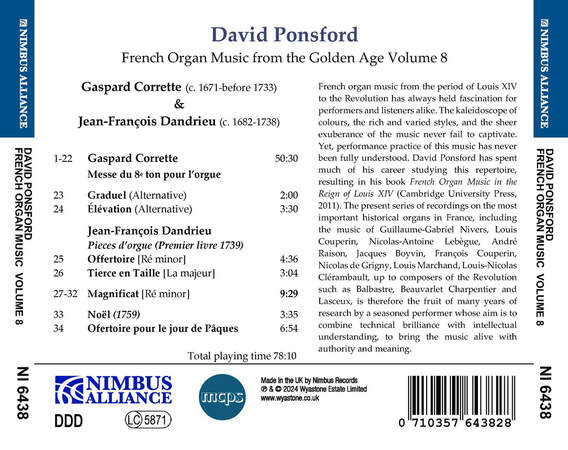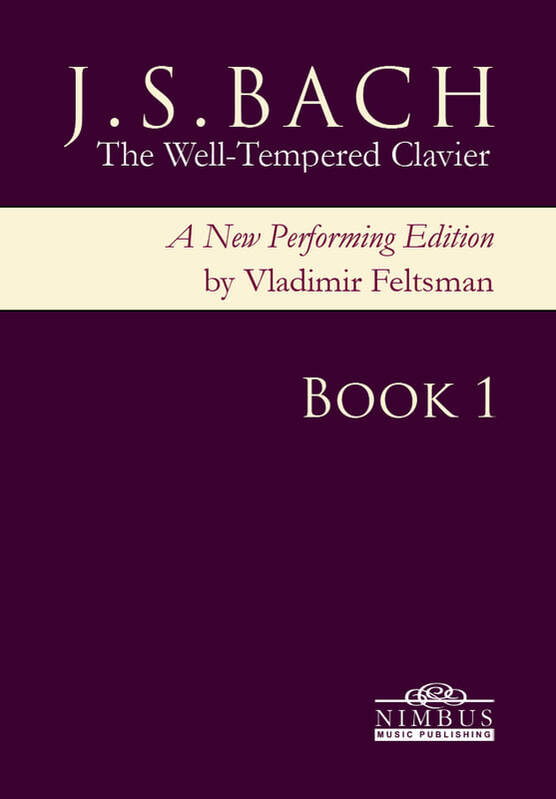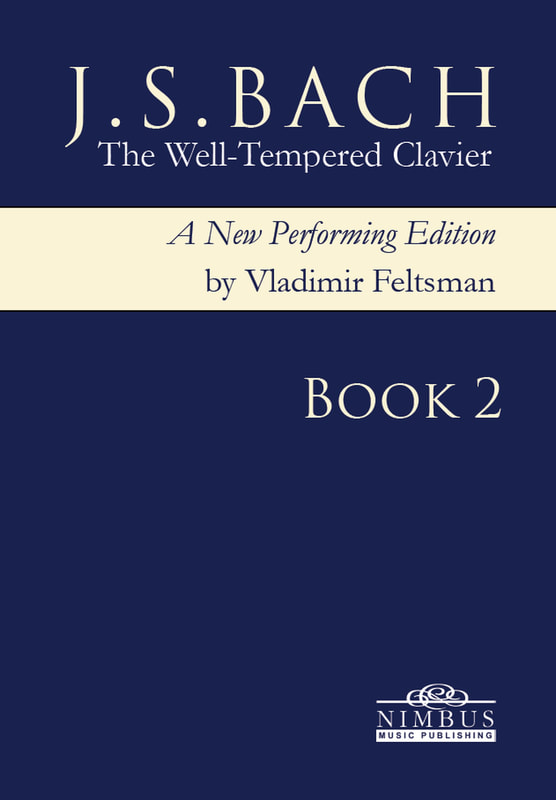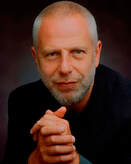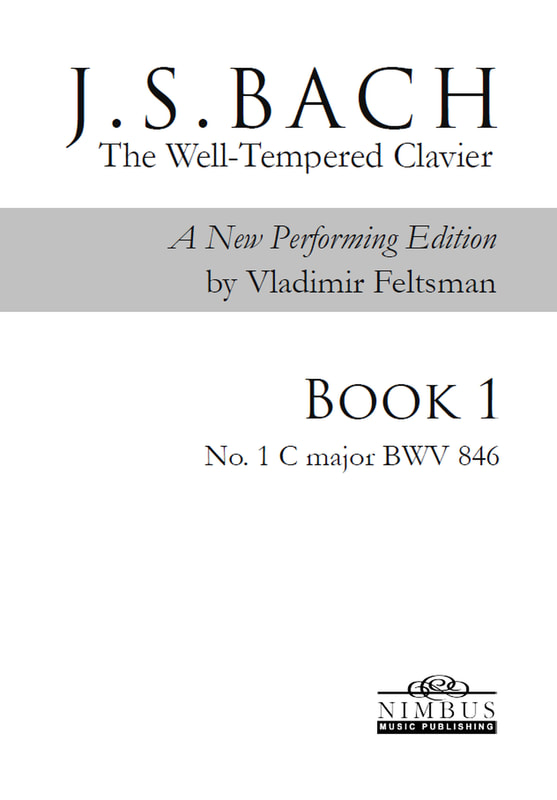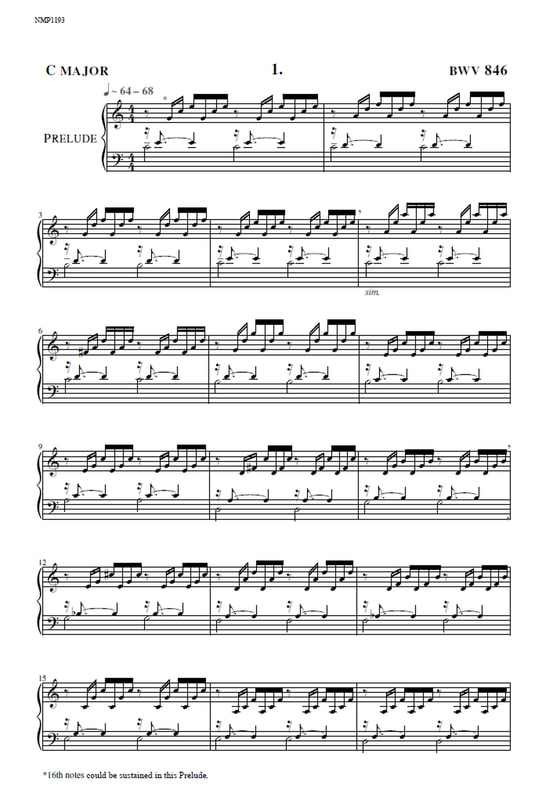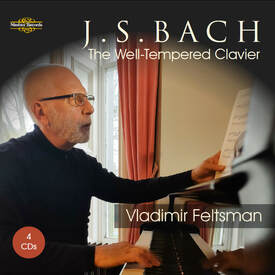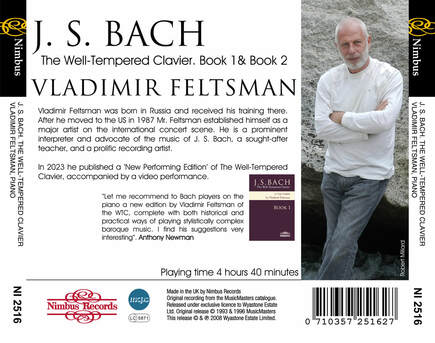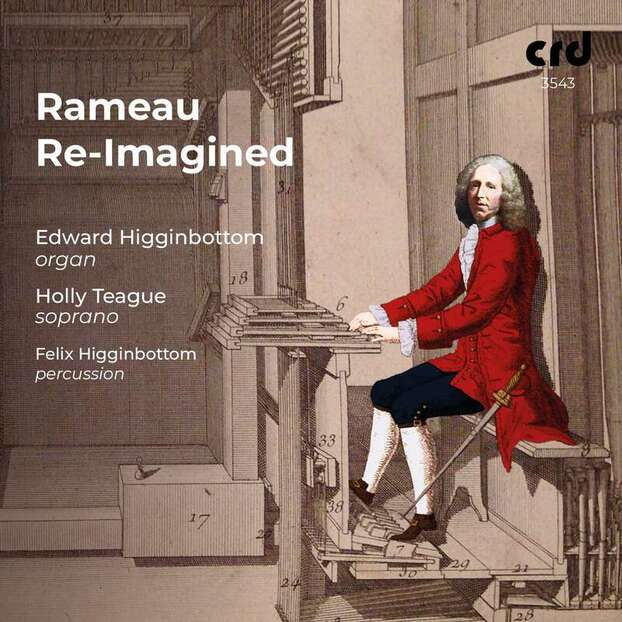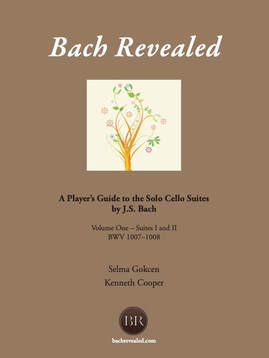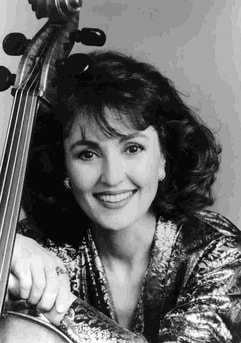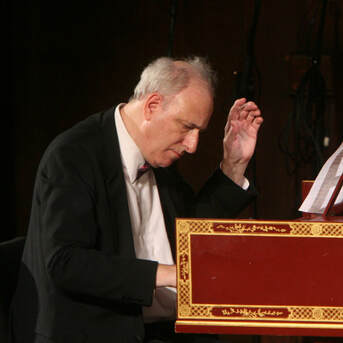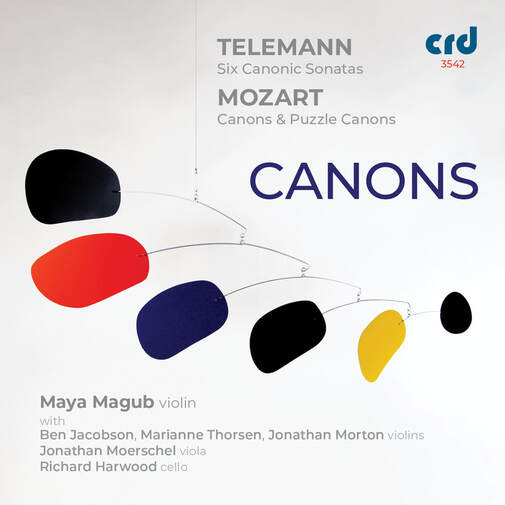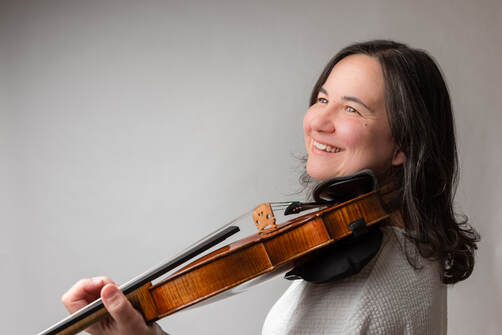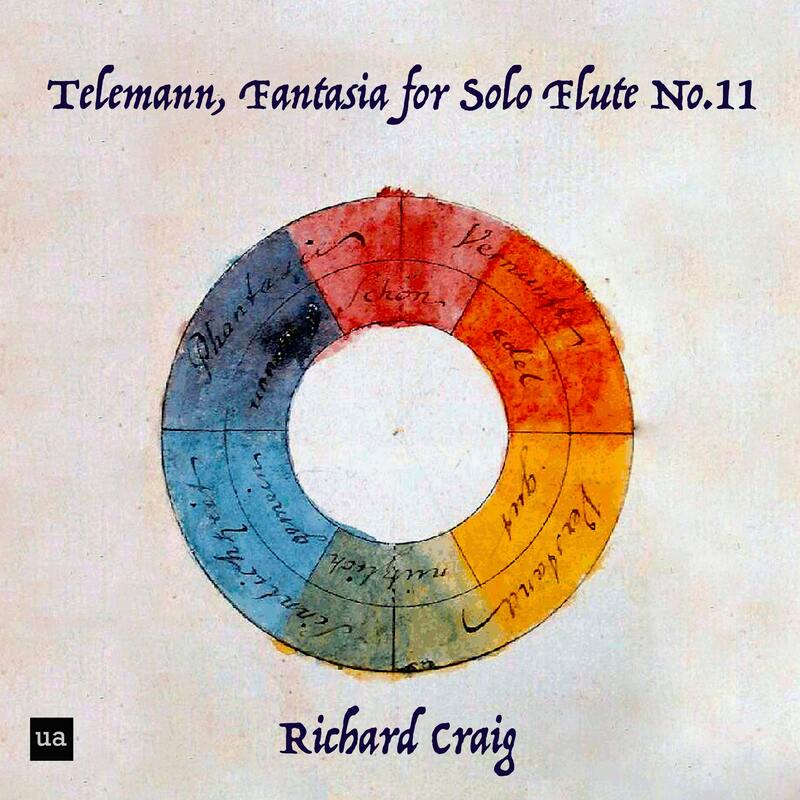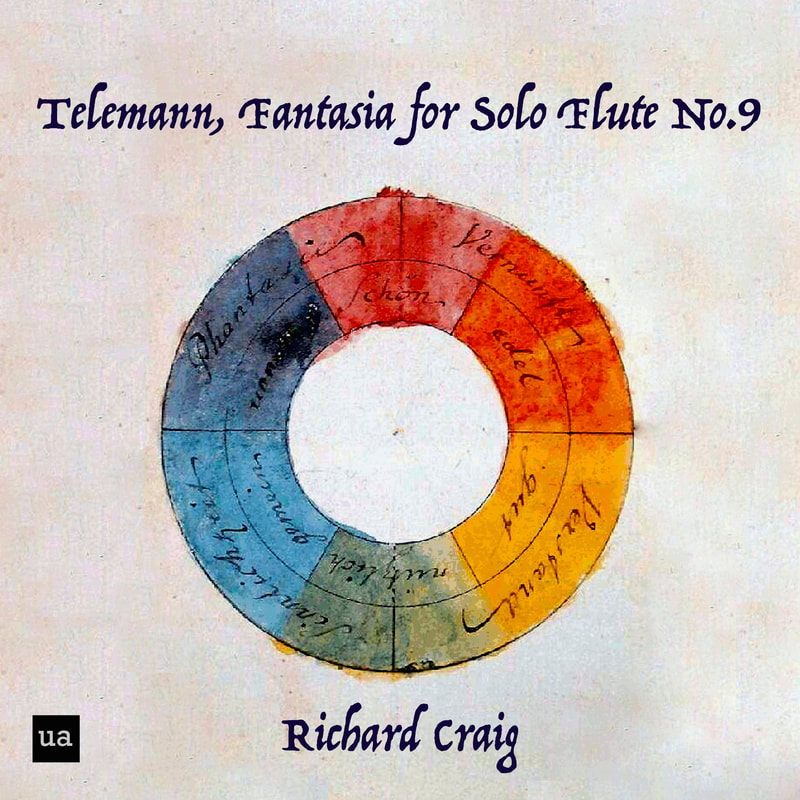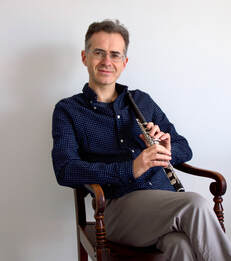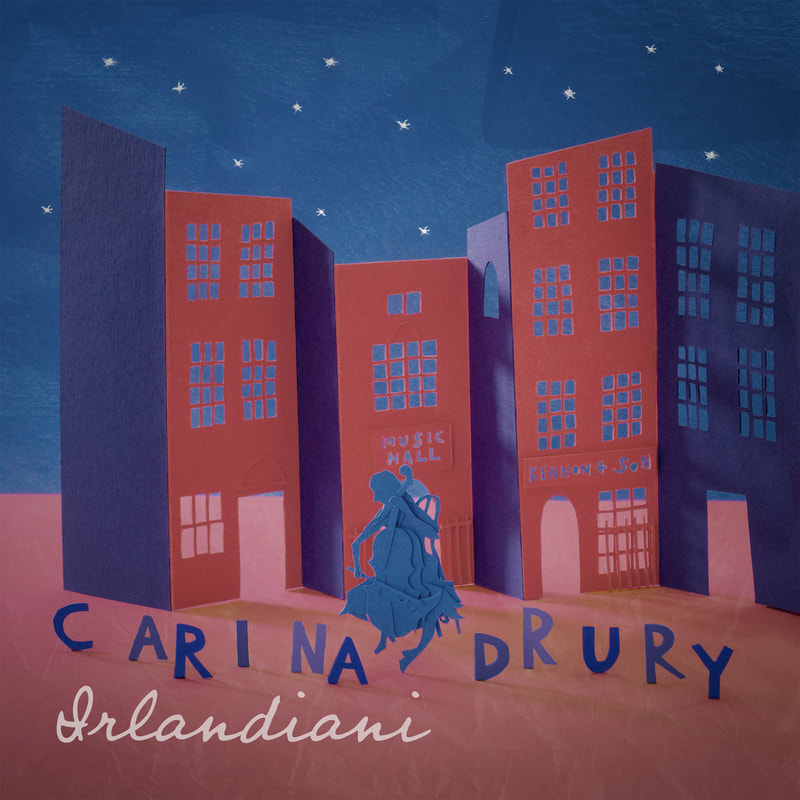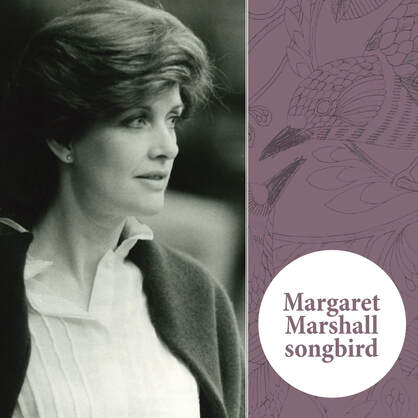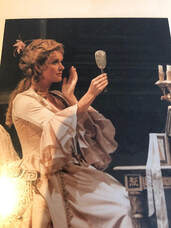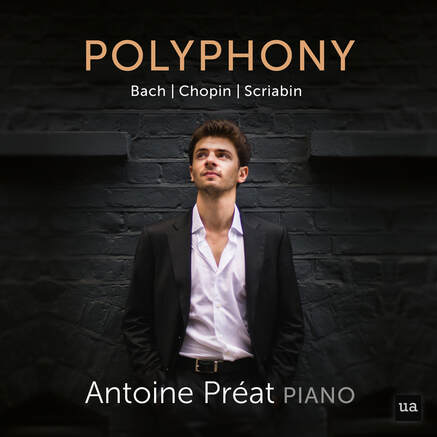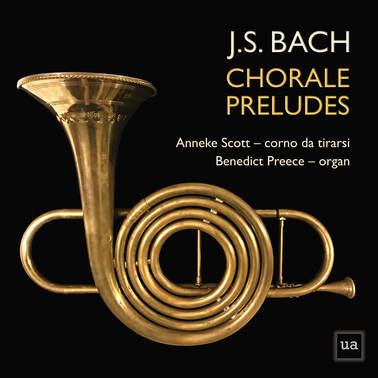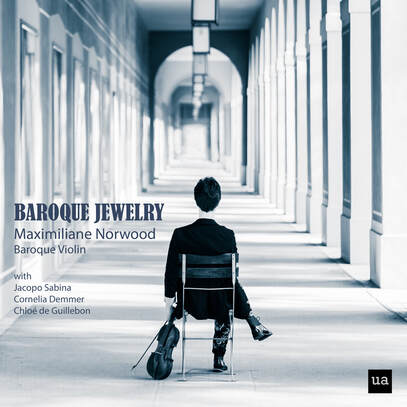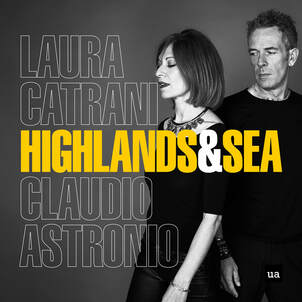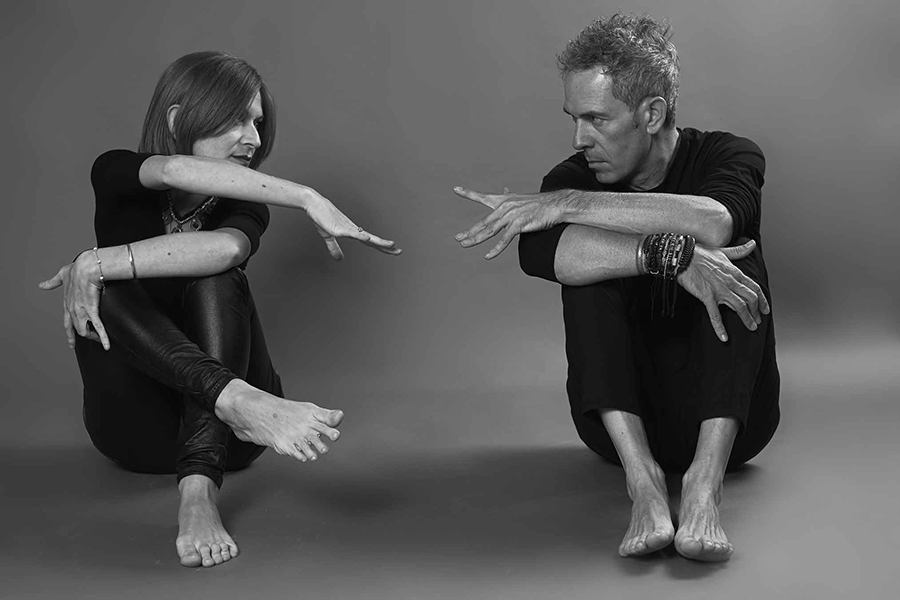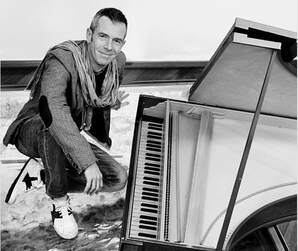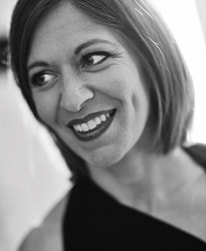David Ponsford is an organist, harpsichordist, musicologist and conductor, and an authority on keyboard music of the seventeenth and eighteenth centuries. He was extremely fortunate to be able to study organ with Peter Hurford, Lionel Rogg and Piet Kee, and harpsichord with Kenneth Gilbert and Gustav Leonhardt. Since 2021, he has taught organ and harpsichord & organ continuo at the Royal Academy of Music, London. The present release is Volume 8 in the series ‘French Organ Music from the Golden Age’, performed by David Ponsford on French historic organs.
Gaspard Corrette (c.1671 – before 1733)
Corrette become organist of the parish church of Saint-Herbland, whose organ rivalled that of the cathedral in scope and size. Corrette’s Messe du 8ℯ ton pour l’orgue was his only publication and pieces like Concert pour les flȗtes and Dessus de tierce par accords vouch for the influence of Boyvin (a French Baroque composer b.1649 - d.1706) upon Corrette.
This eight-volume series emerged from David Ponsford's seminal book French Organ Music in the Reign of Louis XIV (Cambridge University Press, ISBN: 9781316620748)
'This book is a must-have for any serious organist.' Choir and Organ
'Invaluable to understanding and appreciating its subject.' Early Music
At the beginning of the 18th century a more modern version of the Organ became fashionable in Paris. This new instrument was intended to accompany the liturgy, but was also part of the movement of de-Germanisation at Marmoutier following a conflict between nationalities among the abbey’s clergy.
The organ's construction began in 1709 by Andreas Silbermann. Unfortunately, he was stabbed by a cabinet-maker whom he had dismissed. He did not return till 1710, and died in 1734. Only in 1745 was Johann Andreas was comissioned to complete the organ.
Volume 1 – NI6213
Volume 2 – NI6225
Volume 3 – NI6268
Volume 4 – NI6292
Digital download and streaming links will be published here.

